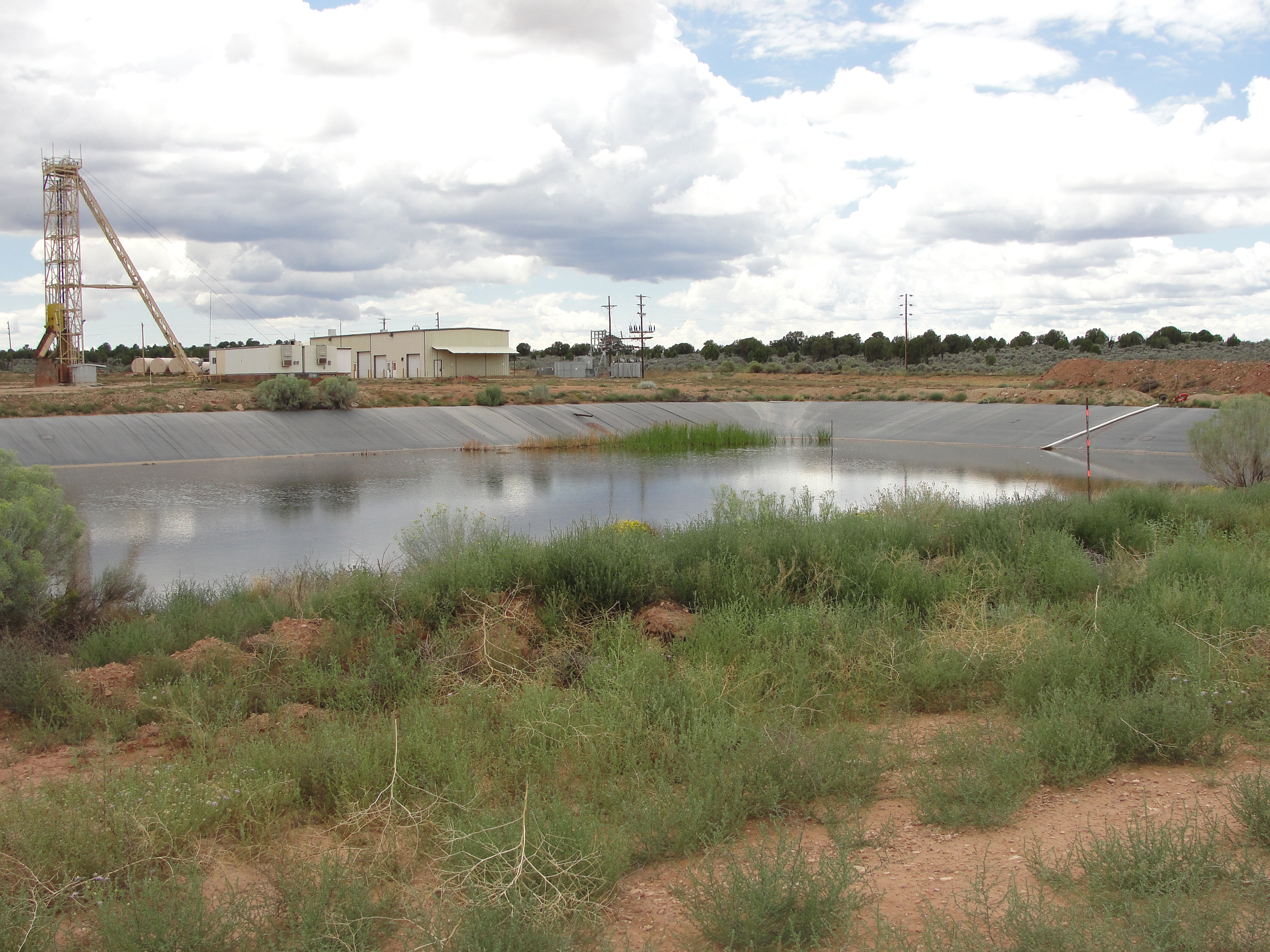Bats
In arid habitat, limited water resources are used by a variety of taxa. Bats represent one group of animals that rely on open surfaces of water for drinking. Containment ponds in mining areas of the Grand Canyon region serve as a possible drinking habitat when other water resources are limited or not available. The containment ponds located at breccia pipe mines serve as locations that could be used by a great number of bat species for drinking but also as an area for feeding on aquatic insects (e.g., midges) that inhabit and emerge from these water sources. Insects feeding on vegetation surrounding these water sources also serve as possible food for bats.
Bat Sampling Objectives
Key Bat Findings
Amphibians
Amphibians occupy a range of trophic levels, from plant-feeders to carnivores, and utilize water for foraging and reproduction.
Amphibian Sampling Objectives
Amphibian Acoustic Sampling Findings
Ongoing
Task 5a: Compile/evaluate existing and newly collected monitoring data from various agencies/sources Task 7a: Conduct species surveys
1 Hinck, J.E., Linder, G., Darrah, A.J., Drost, C.A., Duniway, M.C., Johnson, M.J., Mendez-Harclerode, F.M., Nowak, E.M., Valdez, E.W., Wolff, S., and van Riper III, C., 2014, Exposure pathways and biological receptors--Baseline data for the Canyon Uranium Mine, Coconino County, Arizona: Journal of Fish and Wildlife Management, v. 5, no. 2, p. 422-440
2 Hinck, J.E., Cleveland, D., Brumbaugh, W.G., Linder, G., and Lankton, J., 2017, Pre-mining trace element and radiation exposure to biota from a breccia pipe uranium mine in the Grand Canyon (Arizona, USA) watershed: Environmental Monitoring and Assessment, February 2017
4 Valdez, E.W., Hanttula, M.K., and Hinck, J.E. 2021. Seasonal activity and diets of bats at uranium mines and adjacent areas near the Grand Canyon. Western North American Naturalist: Vol. 81 :1-18, https://doi.org/10.3398/064.081.0101
3 Hinck, J.E., Hossack, B.R., and Honeycutt, R.K., 2017, Amphibian acoustic data from the Arizona 1, Pinenut, and Canyon breccia pipe uranium mines in Arizona: U. S. Geological Survey data release, https://doi.org/10.5066/F71834QW.
5 Valdez, E.W., Hanttula, M.K., and Hinck, J.E. 2020. Precipitation and acoustic monitoring results associated with Arizona 1 and Pinenut uranium mines collected 2015–2016: U.S. Geological Survey data release. https://doi.org/10.5066/P97Q66
Jo Ellen Hinck
Biologist
Columbia Environmental Research Center
573.876.1808
jhinck@usgs.gov
Christopher Fuller
Hydrologist (Emeritus)
Earth System Processes Division, Water Mission Area
650.329.4479
ccfuller@usgs.gov
Marie-Noele Croteau
Research Biologist
Earth System Processes Division, Water Mission Area
650.329.4424
mcroteau@usgs.gov
Ernest Valdez
Research Wildlife Biologist
Fort Collins Science Center
505.277.0284
ernie@usgs.gov
 |
Bureau of Land Management (BLM) |
 |
U.S. Forest Service (USFS) |
